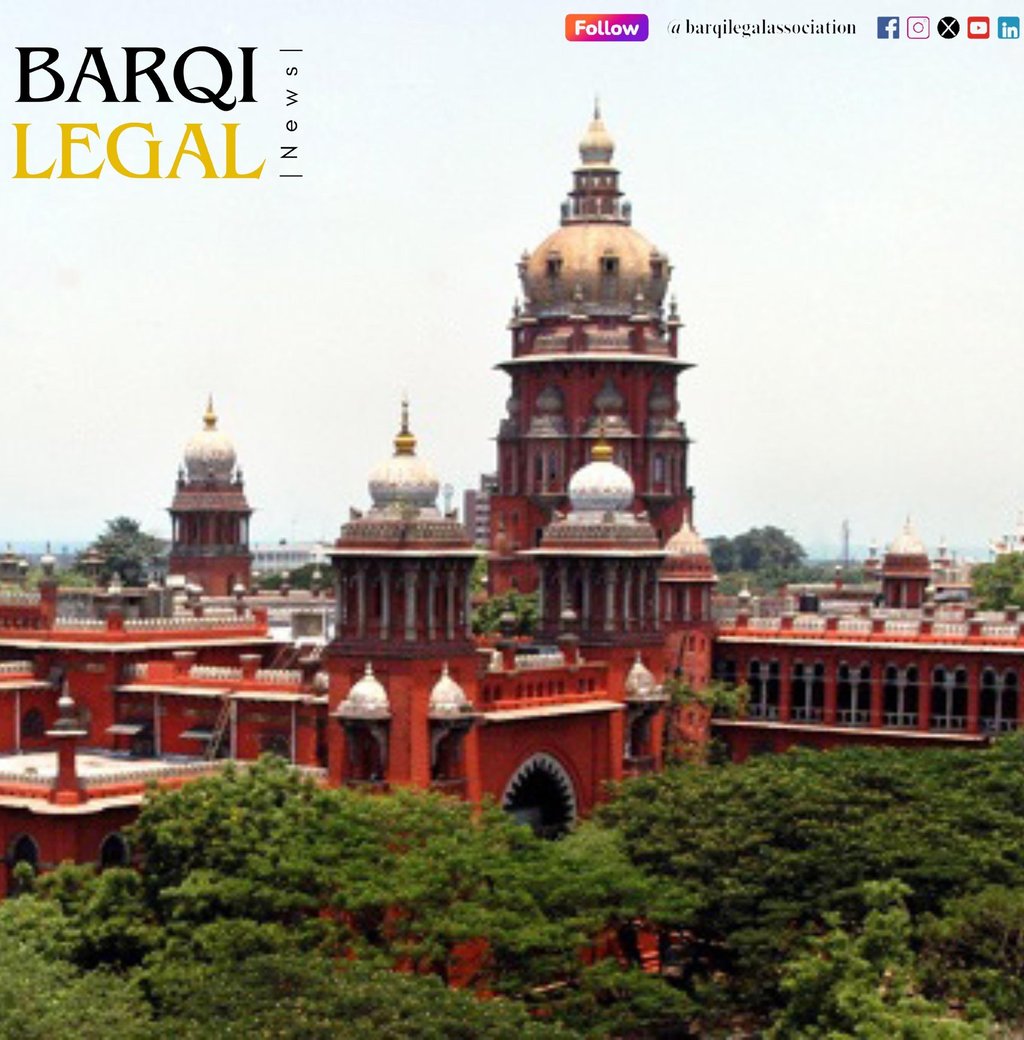Case Closed by Madras High Court Following Release of Samsung Factory Protesters
Hundreds of Samsung factory workers recently protested near Chennai, demanding the recognition of a labor union, improved working hours, and better wages.
10/10/20241 min read


Hundreds of Samsung factory workers recently protested near Chennai, demanding the recognition of a labor union, improved working hours, and better wages. Amid these demonstrations, eight workers were arrested, leading to the filing of a habeas corpus petition in the Madras High Court. The petition, filed by Muthukumar, sought the release of these workers.
On Wednesday, the High Court Bench comprising Justices PB Balaji and G Arul Murugan closed the habeas corpus petition. The Court was informed that the eight workers, who had been arrested on October 8 around 5 PM, were promptly released as a magistrate in Sriperumbudur refused to remand them to judicial custody. These individuals—Ellan, Rajaboopathy, Ashiq Ahamed, Balaji, Shanmugam, Mohanraj, Anandan, and Sivanesan—were arrested on charges under several sections of the Bharatiya Nyaya Sanhita, 2023, including offenses related to rioting, criminal intimidation, and obstruction of public duties.
The High Court noted that it had previously established safeguards to allow workers to protest peacefully, provided they did not interfere with other workers willing to continue their jobs at the Sriperumbudur Samsung factory. The Court concluded that since the workers were no longer in custody, and there was no evidence of illegal detention, no further orders were necessary.
Representing the petitioner, Advocate NGR Prasad argued that the police had interfered with peaceful protests, resulting in what he alleged was an unlawful detention. Additional Public Prosecutor (APP) A Damodharan countered, confirming that the workers had been released, and had later appeared before a magistrate to provide sureties. In light of these developments, the Court decided to close the habeas corpus petition. Advocate R Thirumoorthy also represented the petitioner in this case.
